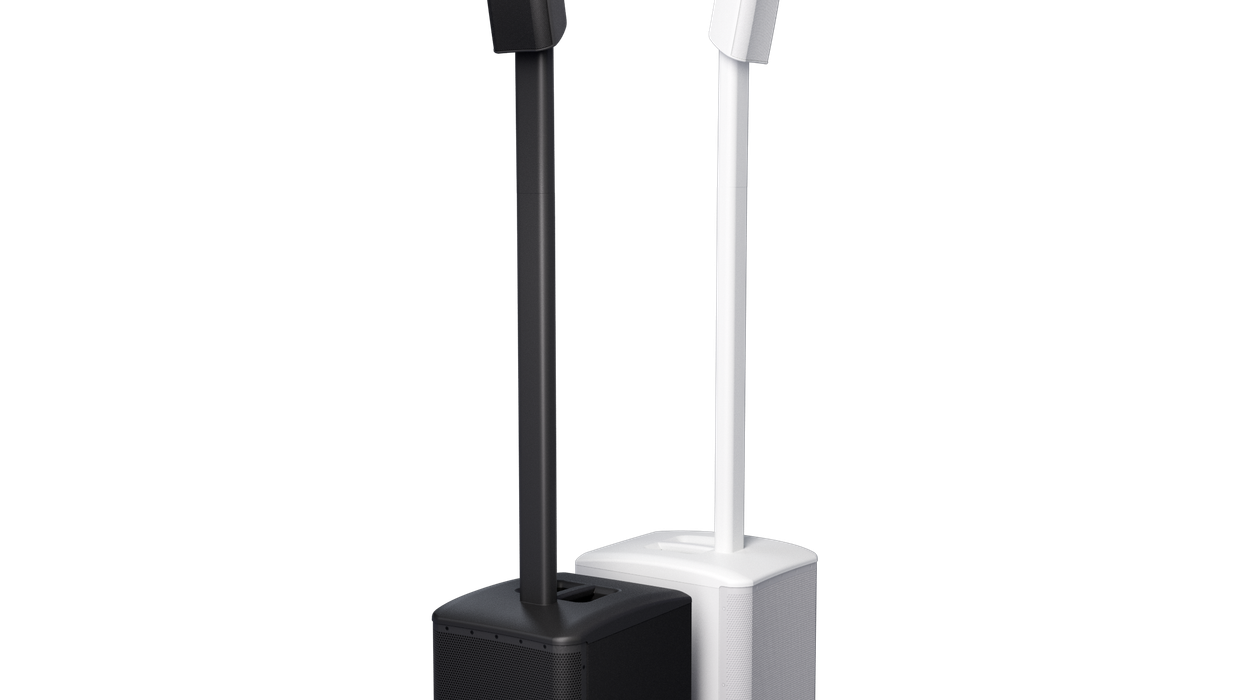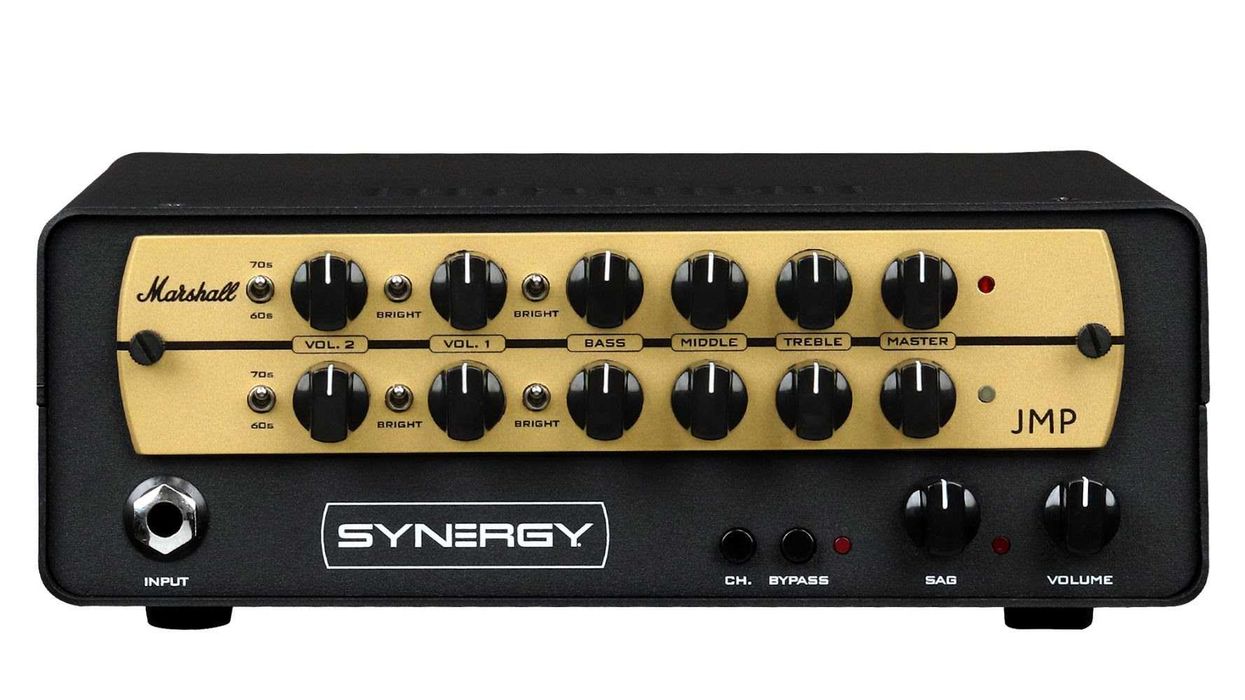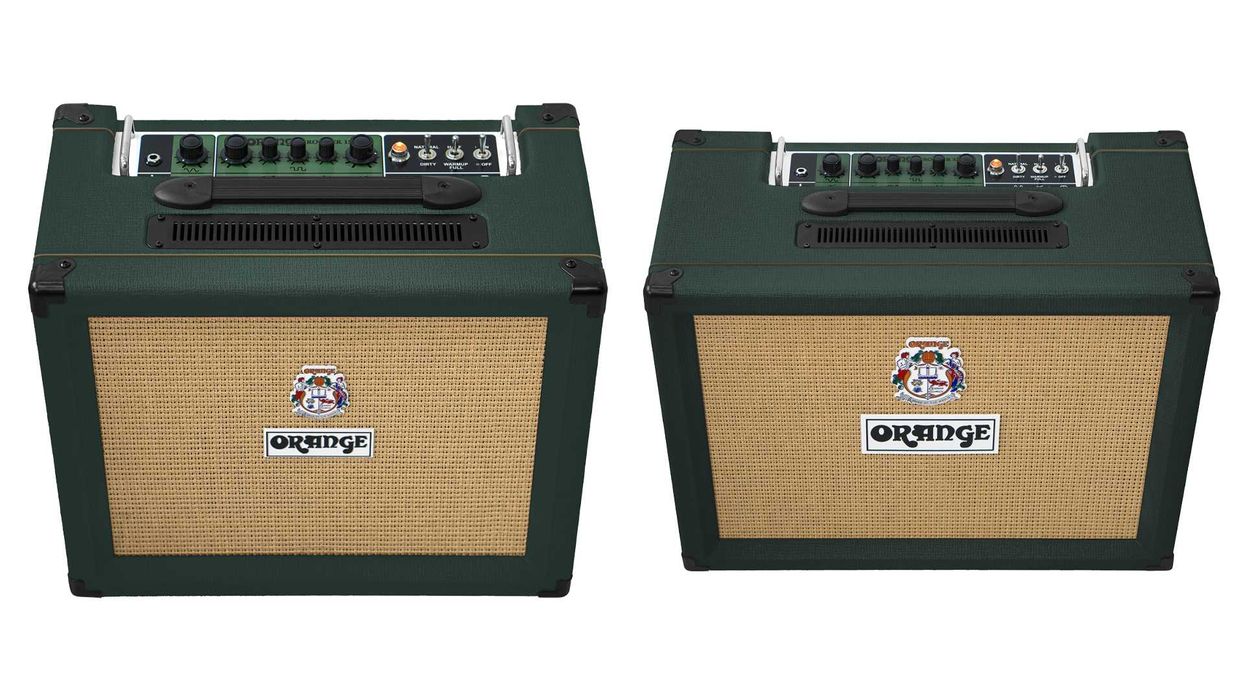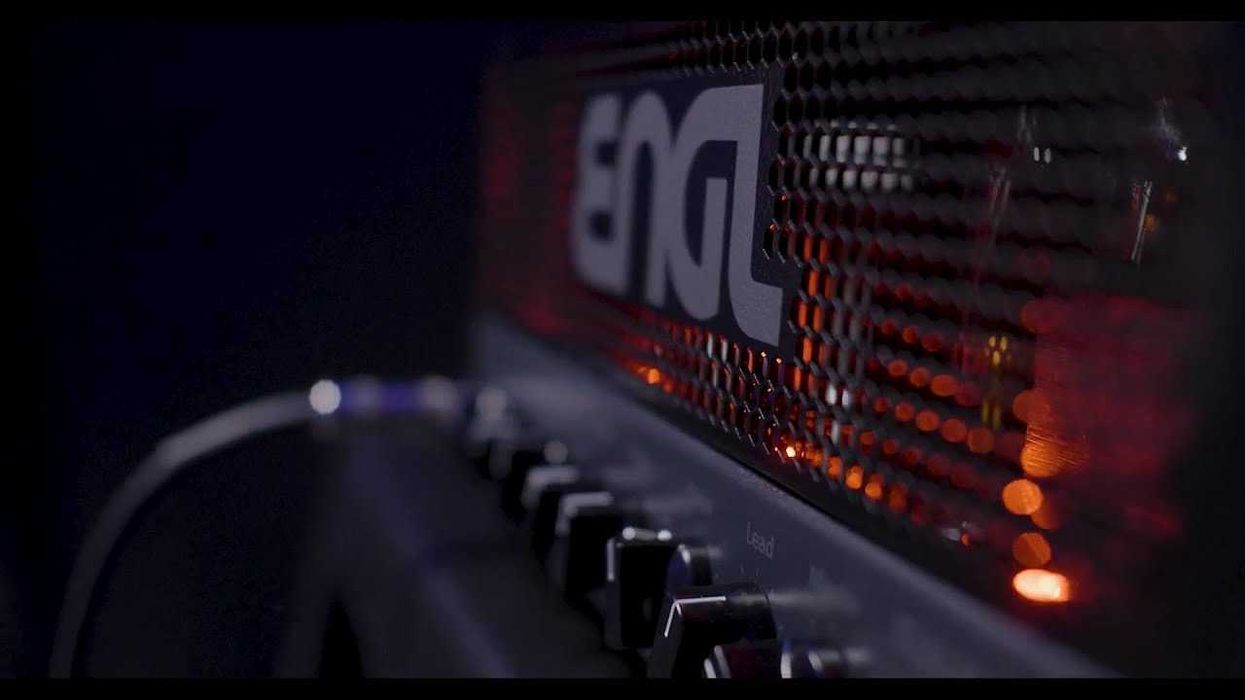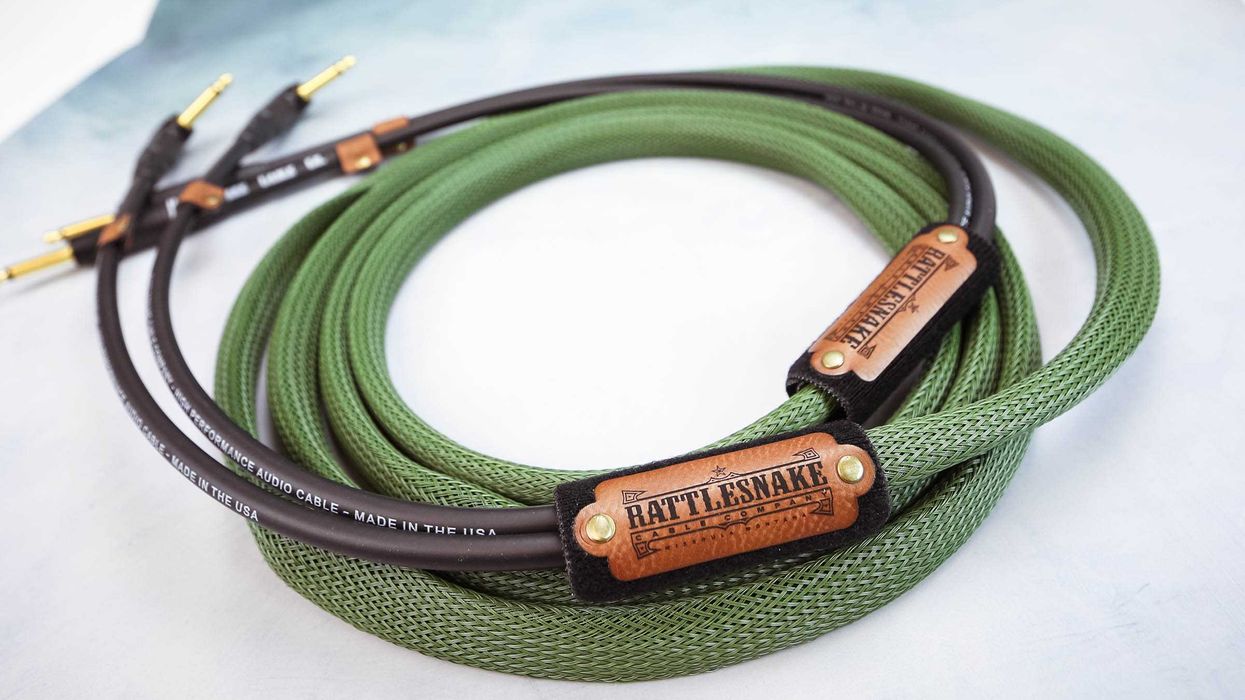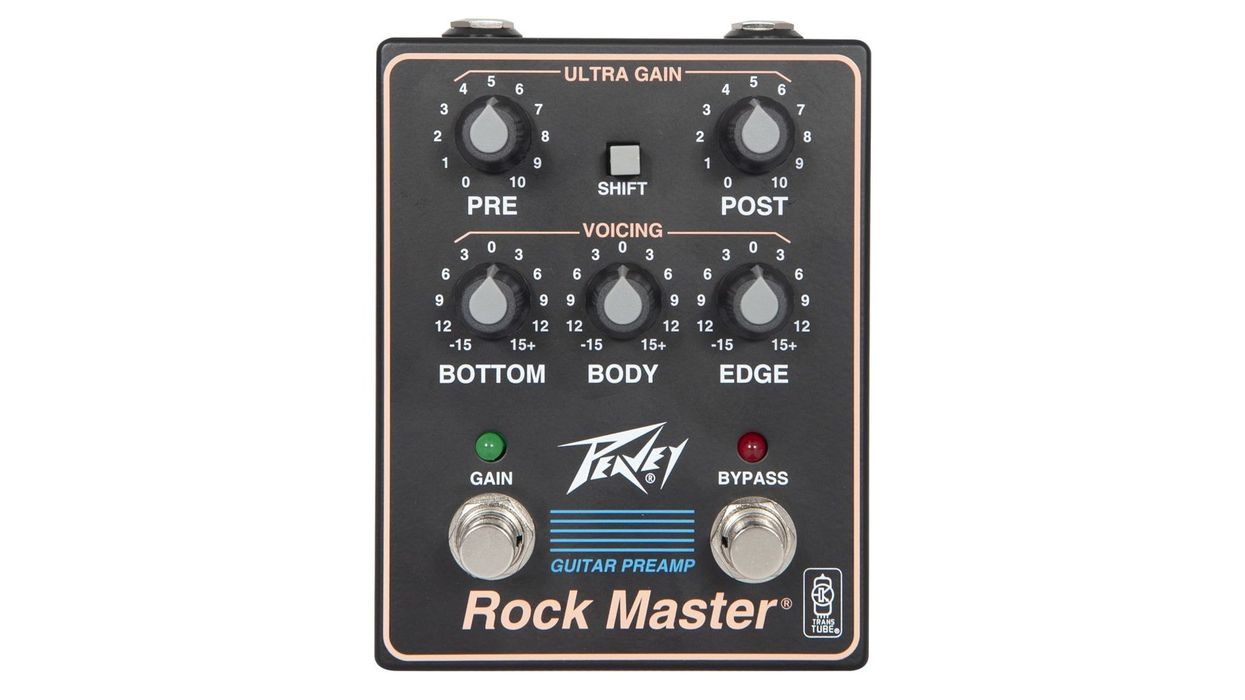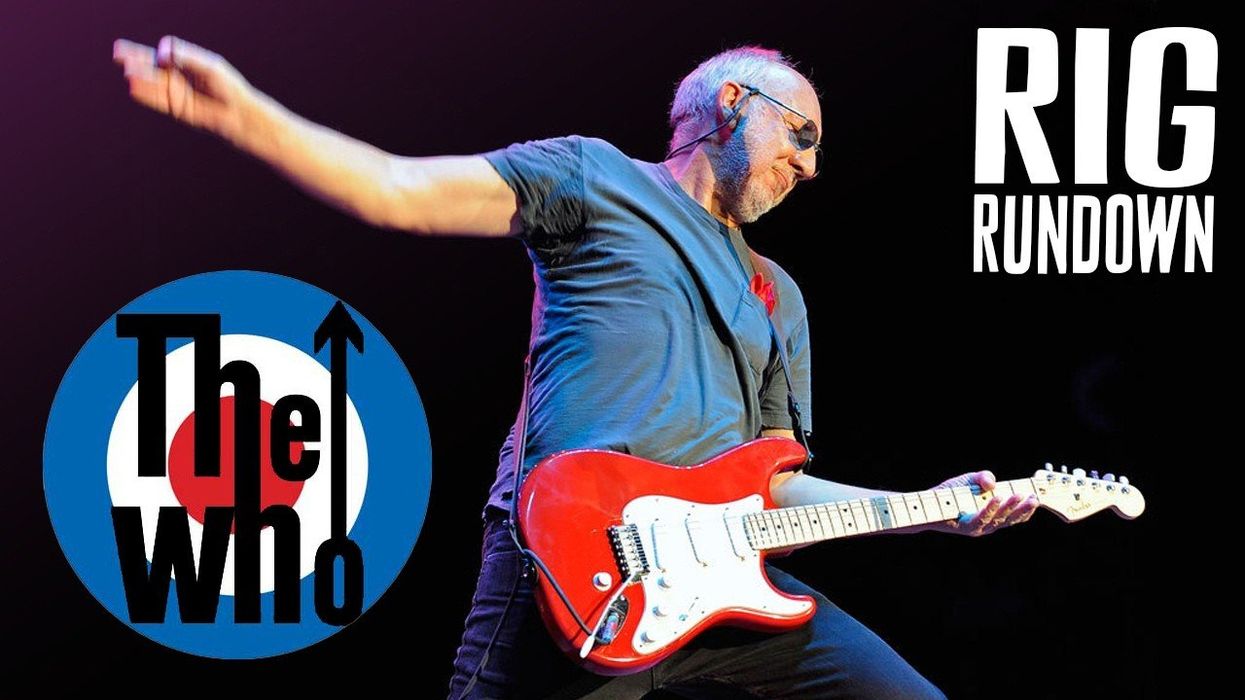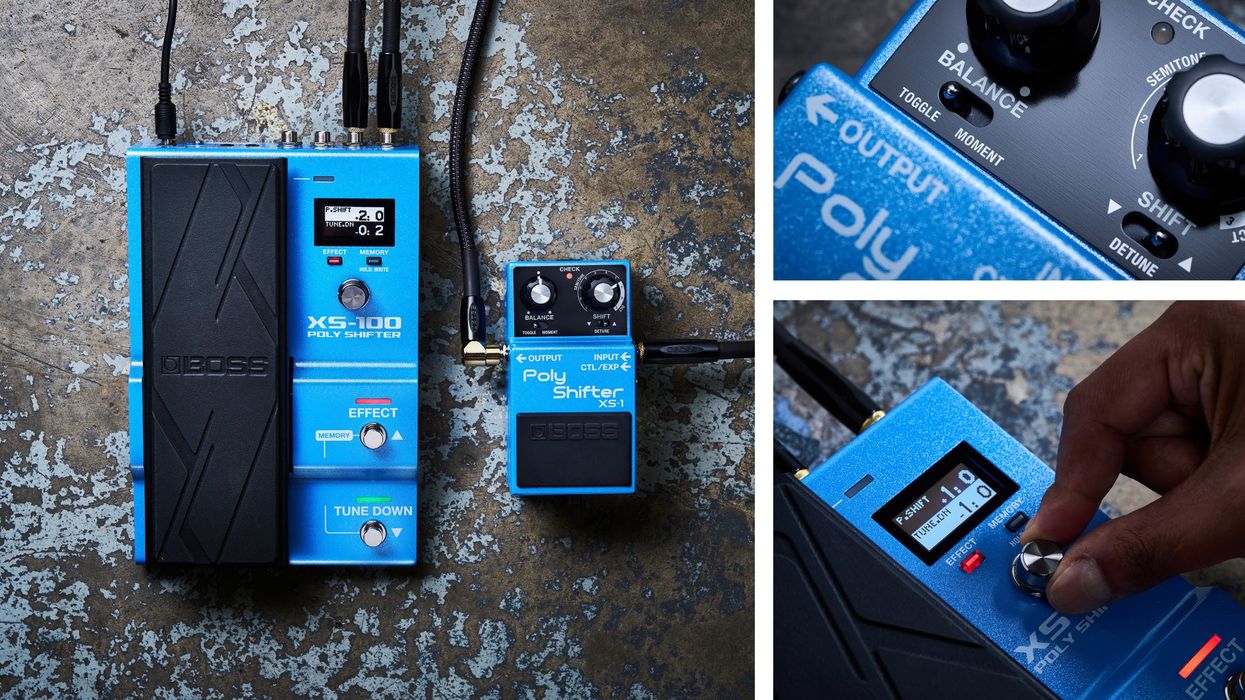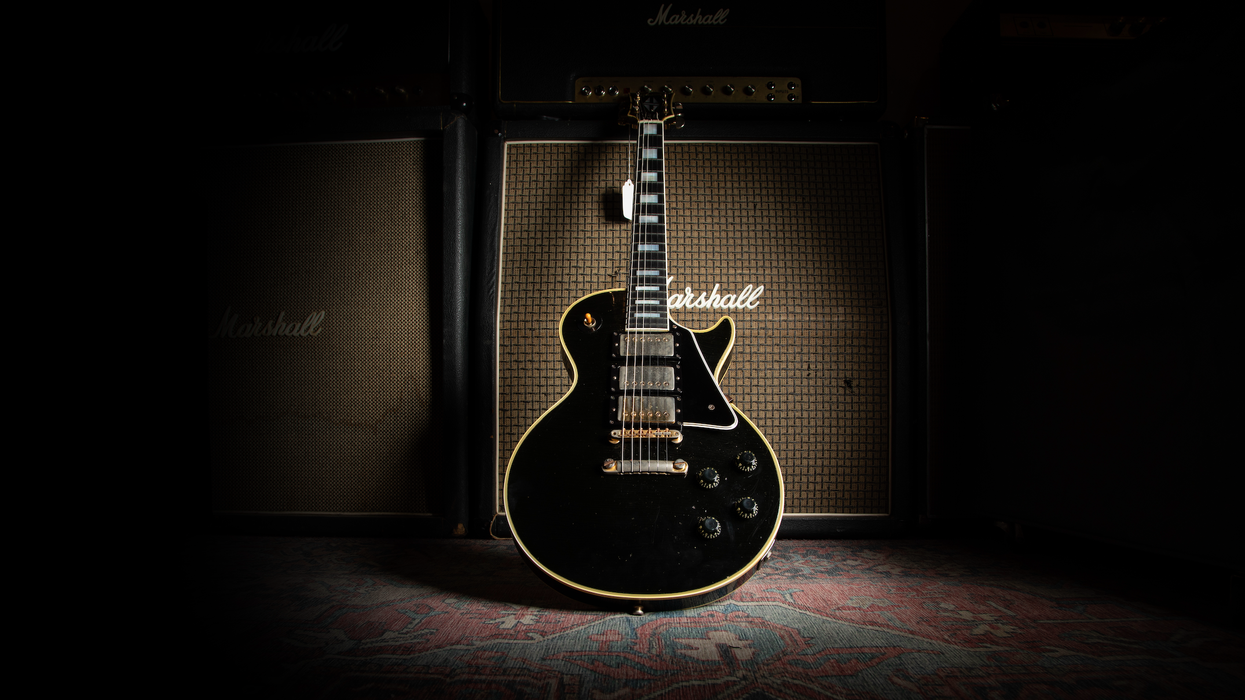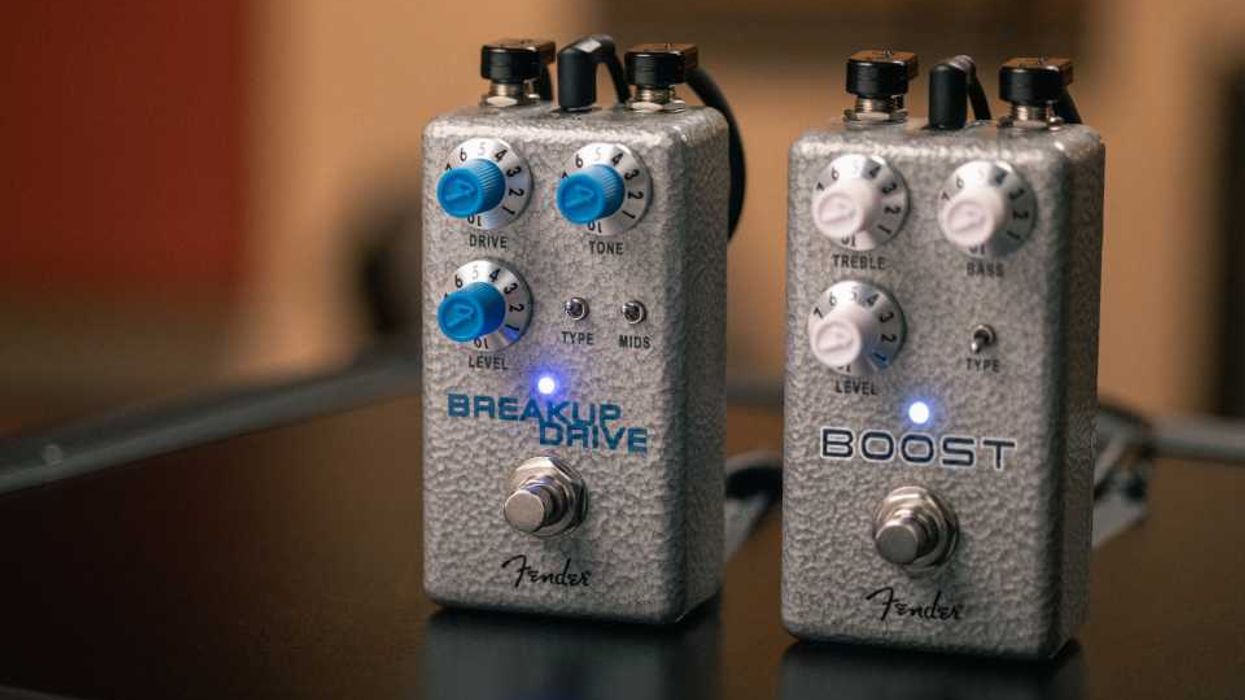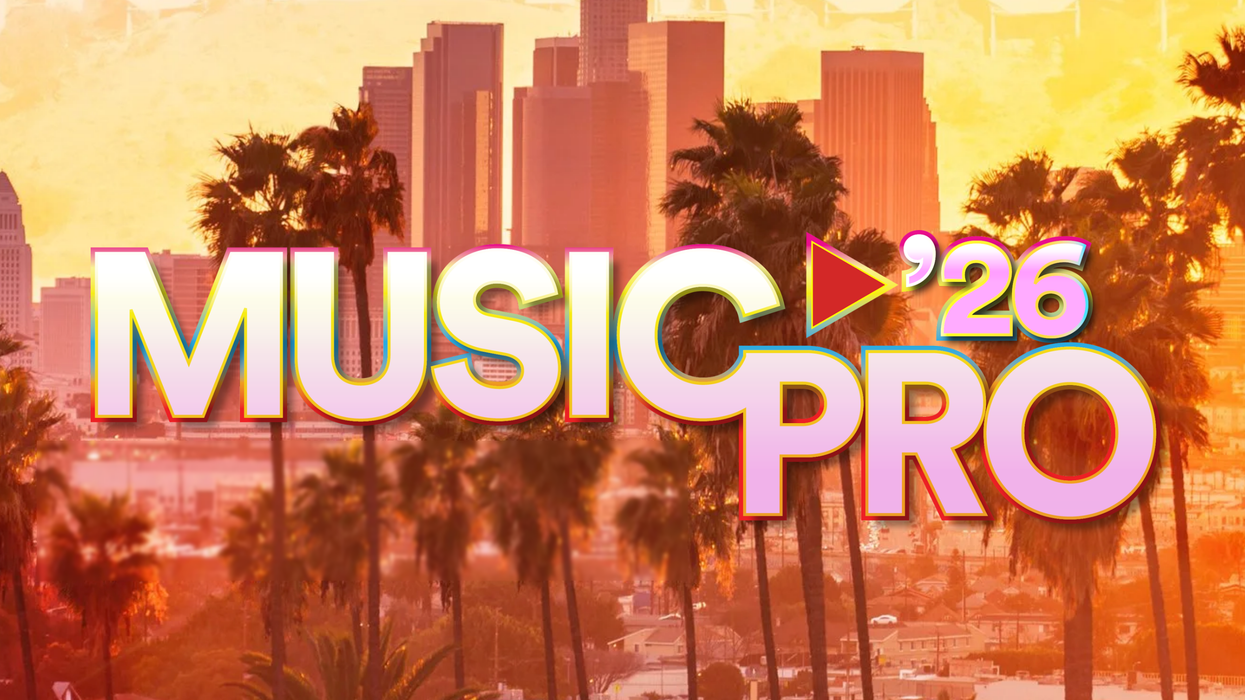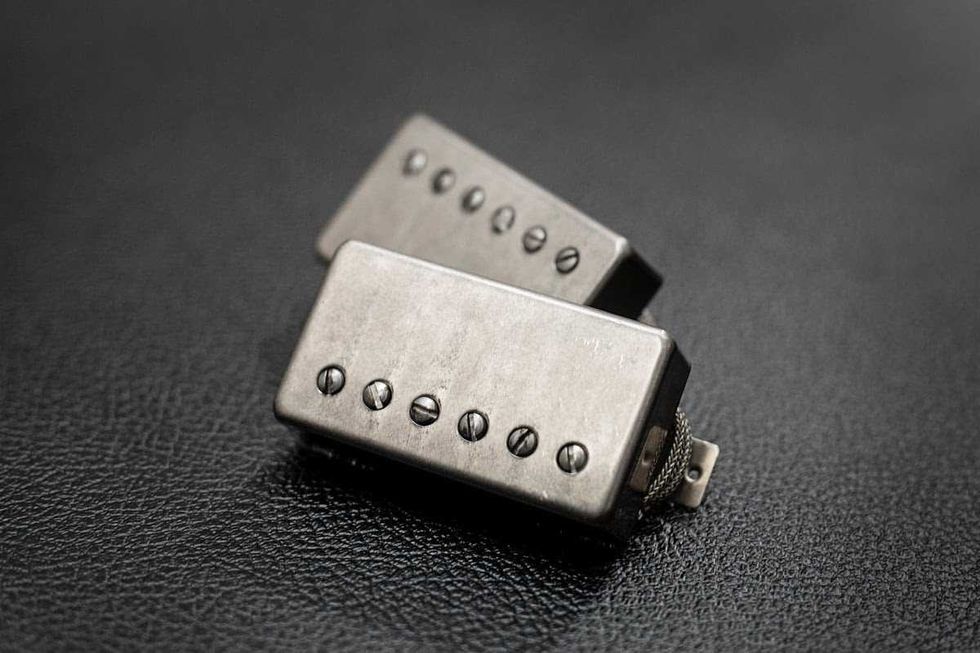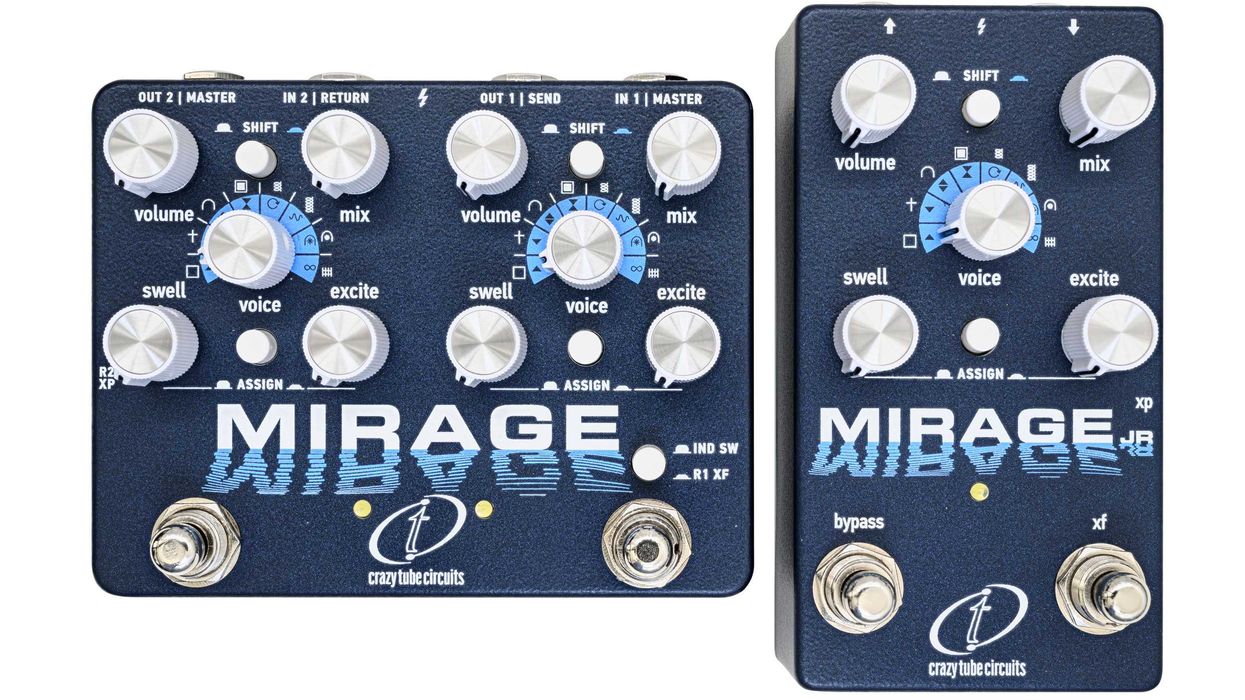Featuring Bluetooth input, XLR inputs, and advanced amplifier platform, the KC12 is designed to offer exceptional sound quality and versatility for a wide range of applications.
The KC12 is a first-of-its-kind, 3-way, 3000-watt active loudspeaker system encompassing the visual aesthetic of a column loudspeaker while surpassing the acoustic performance of conventional designs. Simple and easy to deploy, the elegant KC12, available in black and white, is ideal for a wide range of customers and applications from solo entertainers, musicians and bands, mobile entertainers and DJs to corporate AV, event production, and static installations.
Column-style portable loudspeaker systems are most often put into service due to their unobtrusive form factor. However, typical designs lack clarity and definition, particularly when pushed to high output levels, forcing the user into a form-over-function compromise. Solving this common dilemma, the KC12 cleverly utilizes a 3-way design featuring QSC’s patented LEAF™ waveguide (first introduced in L Class Active Line Array Loudspeakers) combined with a true 1-inch compression driver, two 4-inch midrange drivers, and a high output 12-inch subwoofer, while still maintaining the desired, elegant appearance of a “column” system. The KC12 produces an outstanding full-range horizontal coverage of 145 degrees and 35 degrees of audience-directed vertical coverage with clean and natural sound at all output levels.
The system features three inputs: a Bluetooth ® input combined with a 3.5 mm TRS stereo input, as well as two combo XLR inputs (Mic/Line/Hi-Z and Mic/Line/+48 V), with independent, assignableFactory Presets for each XLR input, making it ideal for small events where two microphones are needed for different uses. The rear panel incorporates a multi-function digital display, offering control and selection of several loudspeaker functions, including Global Parametric EQ, Subwoofer level, Presets and Scenes, Bluetooth configuration, Delay (maximum of 200 ms), or Reverb. Bluetooth functionality also provides True Wireless Stereo (TWS), which ensures low latency pairing between the music source and both left and right loudspeakers simultaneously.
Additionally, the KC12 can be deployed with or without its lower column pole, making the system ideally suited for utilization on a floor, riser or raised stage. The system is backed by a 6-year Extended Warranty (with product registration).
“The KC12 exquisitely resolves the form-over-function compromise that has frustrated users of this category of products since they made their market introduction over 20 years ago,” states David Fuller, VP of Product Development, QSC Audio. “With the benefit of time, experience, extensive customer research, and cutting-edge innovation, our talented design team has truly created something very different from the status quo – not simply a differentiated product, but an overall better solution for the customer.”
The feature set and performance characteristics of the KC12 are complemented by a new, advanced amplifier platform, first incorporated into the L Class LS118 subwoofer released this past October. Fuller adds, “Among the platform’s key attributes are layers of real-time telemetry and protection to ensure uninterrupted performance day after day, which is a foundational QSC brand attribute.”
“Just like our first K Series reset the bar for powered loudspeakers, elevating customers’ expectations for performance, quality, reliability, usability, and professional appearance, the K Column offers a compelling, new approach to a familiar category and is destined to redefine the whole notion of what a ‘column’ is for users of portable PA products,” states Ray van Straten, VPBrand, Marketing & amp; Training, QSC Audio. “The product is simply stunning in its sleek and elegant appearance, but with the marketing tagline, ‘Just Listen’, we’re confident that once again, QSC sound quality will ultimately be the reason customers will quickly embrace the K Column as the next ‘New Standard’ in its category.”
The QSC KC12 K Column carries a MAP price of $1,999.
For more information, please visit qsc.com.
